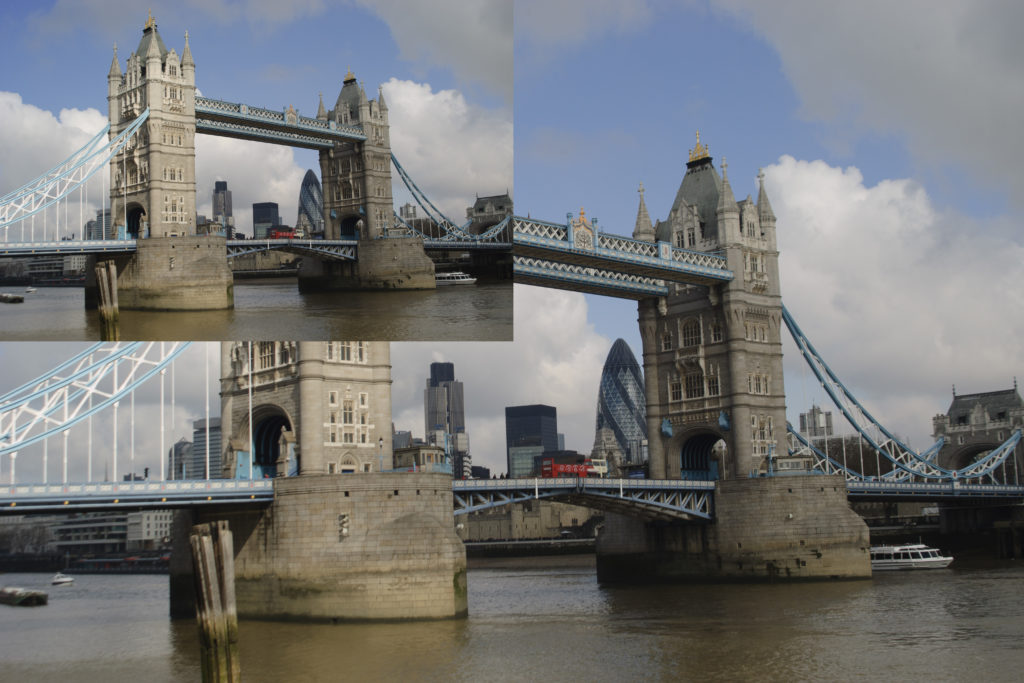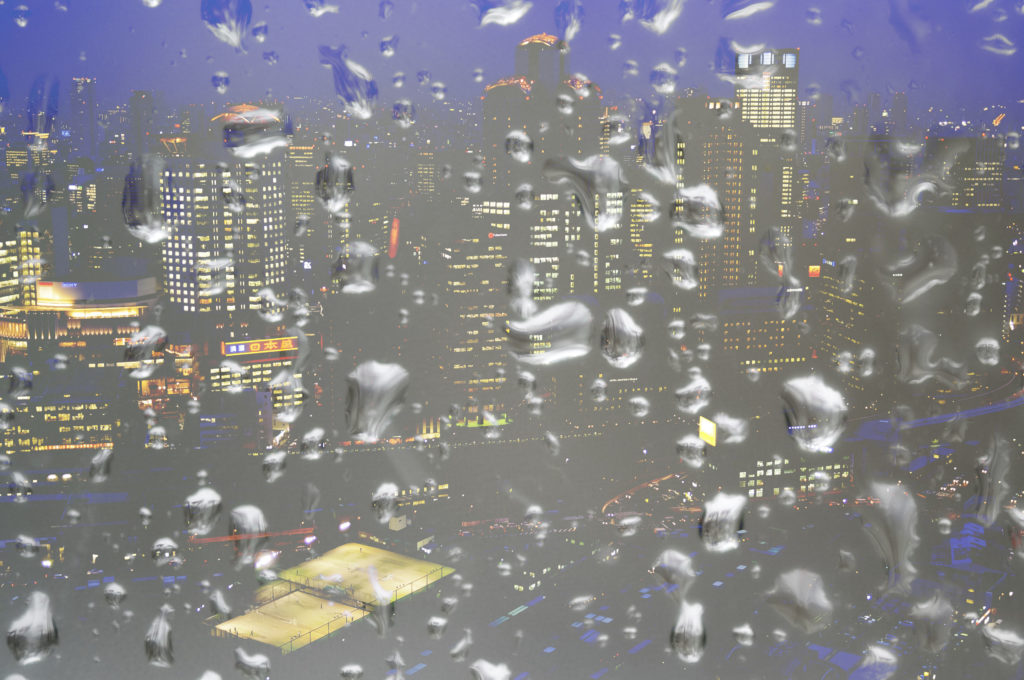Adobe’s Photoshop is an immensely complicated and multi layered program that can seem daunting to new users. In this short series of articles we are going to have a look at some of the less used, but highly useful tools in the seminal editing program
Highlights and Shadows Tool
This tool is possibly one of the most powerful and under utilized functions in the Photoshop armory. It is found under Image > Adjustments > Shadows/Highlights. The Shadow tool can be used to add detail to shadow areas. Use it carefully as it can introduce noise. The Highlights slider does the opposite and can be used to darken highlights such as an over exposed sky. Again be careful using this as if you push the slider to far, you may start to introduce a halo effect around your subject. The more options checkbox expands the window to reveal adjustments for tonal width and radius in both the Highlight and Shadows sections as well as controls for color correction and mid-tone contrast.
Grids/Rulers/Guides
If you have ever wanted to align text or work at the pixel level then the grid function will be of major use to you. Grid is found in the View > Show > Grid menu hierarchy. Selecting it will overlay the image with a fine grid, the size of which can be defined in the Photoshop Preferences.
Rulers are enabled from the View > Rulers menu. This places a ruler at the top and left of the canvas area. Again the Ruler units can be defined in the Photoshop preferences from pixels, cm, mm and inches amongst others. Rulers can be extremely useful for laying out elements of a montage or for text.
With Rulers enabled you can use guides. Guides are extremely useful for dividing up your image or creating positions for text or overlays to sit on. To position a guide, simply click and drag from the ruler at the top or left. The guides appear as blue lines and can be dragged to new locations.
Perspective Correction
Most photographers at some point will take an image that requires perspective correction. Not too many of us can afford a PC lens, but fortunately there is a software approach to aid PC problems.
Select Filter > Lens Correction. A new window will appear. From the window on the right, at the top, select the Custom tab. At the bottom, you will see sliders for Vertical and Horizontal Perspective. By moving the the Vertical slider you can correct the vertical errors, and by using the Horizontal tool you can correct the rarer horizontal plane errors. These corrections will cut into the image so you will need to us the scale tool at the bottom to crop the image back to what you want.
Quick and easy borders
The last tip for today is a quick and easy way to add a black border and white key-line to create that finished look for your image.
Select Image > Canvas Size. From the New Size box, change the size value to your choice, inches, mm or cm. Enter a figure relevant to the size of your image, in the example we have added 10mm. Make sure the Relative check box is ticked and that the Anchor direction is in the center. From the bottom select Black for the Canvas extension color. Press ok. We will now repeat the procedure using 5mm as our size and white as our Canvas color. Lastly we repeat the exercise with 20mm and Black as our choices. The end result is a nice black border with subtle white key-line. Feel free to experiment with the border sizes to get the best effect for your own image.
So that wraps it up for today, in the next article we will take a look at some more hints and tips for this incredibly versatile program
Jason Row is a British born travel photographer now living in Ukraine. You can follow him on Facebook or visit his site, The Odessa Files. He also maintains a blog chronicling his exploits as an Expat in the former Soviet Union





2 Comments
Great article as I would like to get into using photoshop but am a little reluctant since it is so robust of a program. Look forward to your other articles.